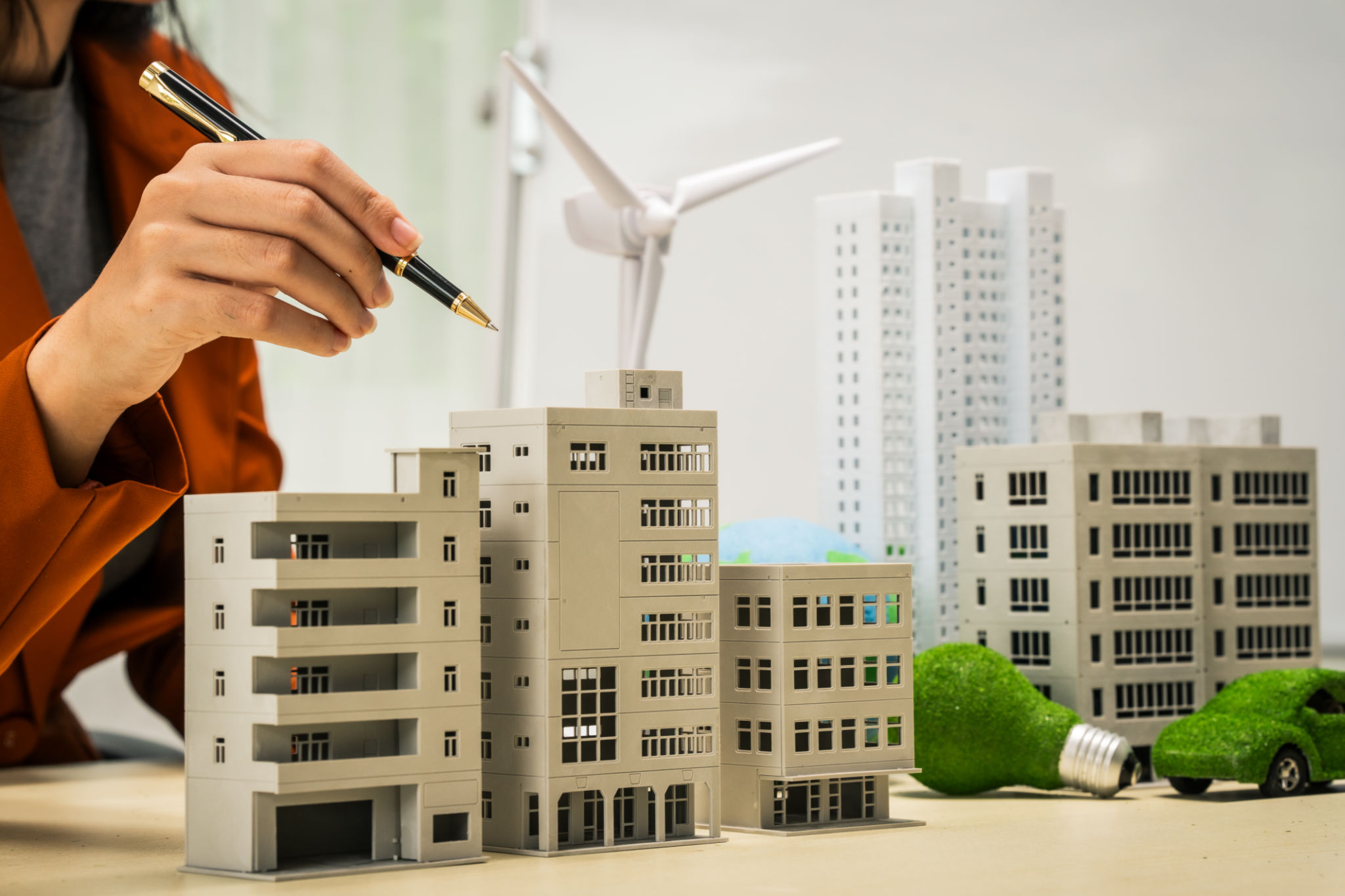Top Residential Construction Trends Shaping Homes in the Philippines
Embracing Sustainability in Home Design
As the world becomes more environmentally conscious, the Philippines is no exception. One of the most significant trends in residential construction is the shift towards sustainable home design. Homeowners and builders are prioritizing eco-friendly materials such as bamboo, recycled wood, and locally sourced stone. These materials not only reduce the carbon footprint but also support local industries.
Additionally, energy-efficient features like solar panels and rainwater harvesting systems are becoming standard in new constructions. These technologies help reduce utility costs and promote a greener lifestyle. The integration of smart home systems further enhances energy efficiency by allowing homeowners to monitor and control their energy usage remotely.

Maximizing Space with Smart Design
With the increasing demand for housing in urban areas, maximizing space has become a crucial aspect of residential construction. Architects and builders are employing innovative design techniques to make the most of available land. Open floor plans are popular because they create a sense of spaciousness and allow for multifunctional living areas.
Another trend is the use of vertical space. High ceilings, mezzanines, and loft areas provide additional living space without expanding the home's footprint. Customized storage solutions, such as built-in cabinets and under-stair storage, help keep homes organized and clutter-free.

Incorporating Local Aesthetics
The Philippines has a rich cultural heritage that is increasingly reflected in modern home designs. Incorporating local aesthetics into residential construction is not only about preserving tradition but also about creating homes that resonate with the local environment. Elements like capiz shell windows, intricate wood carvings, and nipa roofing are being blended with contemporary styles to create unique and culturally significant homes.
This trend also extends to landscaping, where indigenous plants and traditional garden designs are used to enhance the natural beauty of the surroundings. Homeowners are opting for gardens that require minimal maintenance while providing lush greenery and shade.

Adapting to Climate Challenges
The Philippines is no stranger to natural disasters such as typhoons and earthquakes. As a result, there is a growing emphasis on building homes that can withstand these challenges. Materials like reinforced concrete and steel are commonly used for their durability and strength.
In addition to robust construction materials, innovative architectural designs play a key role in enhancing resilience. Elevated foundations mitigate flood risks, while strategic roof designs help manage heavy rainfall. These adaptations ensure that homes remain safe and secure, regardless of weather conditions.

A Focus on Wellness and Comfort
The idea of a home as a sanctuary is gaining traction in the Philippines. Residential construction trends are increasingly focused on creating spaces that promote wellness and comfort. Natural lighting, good ventilation, and access to outdoor areas are essential components of this trend.
Homeowners are also investing in features that enhance relaxation, such as spa-like bathrooms, cozy reading nooks, and private outdoor retreats. The use of calming color palettes and natural materials further contributes to a tranquil atmosphere.
Conclusion
The residential construction landscape in the Philippines is evolving rapidly, driven by sustainability concerns, space optimization needs, cultural appreciation, climate resilience, and wellness priorities. These trends reflect a shift towards more thoughtful and innovative home designs that cater to the diverse needs of Filipino homeowners.
As these trends continue to shape the future of housing in the Philippines, they offer exciting opportunities for architects, builders, and homeowners alike to create homes that are not only functional but also deeply connected to their environment and culture.
